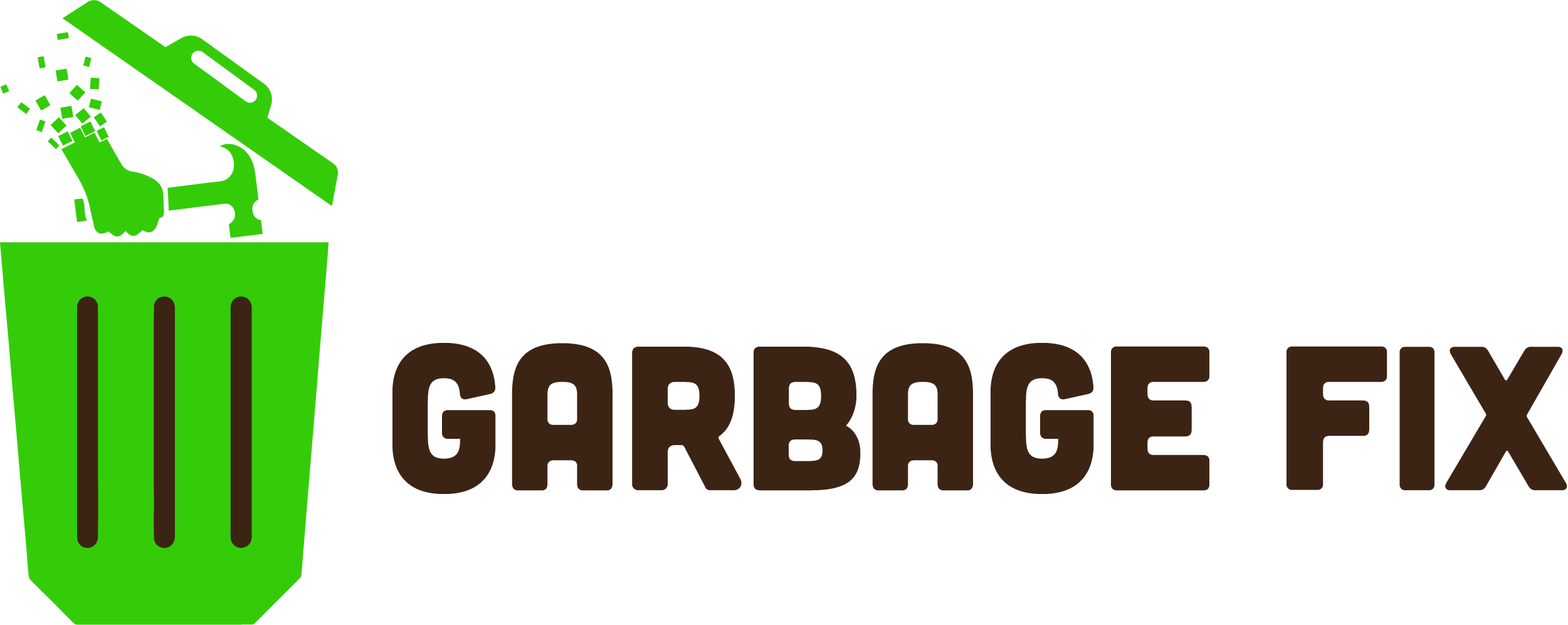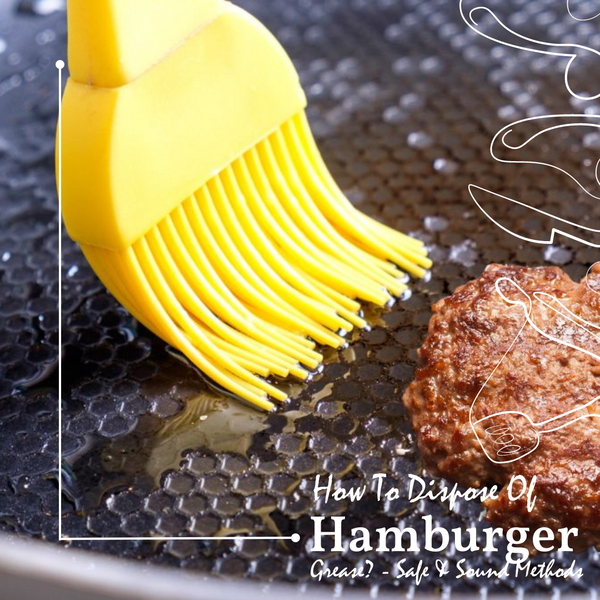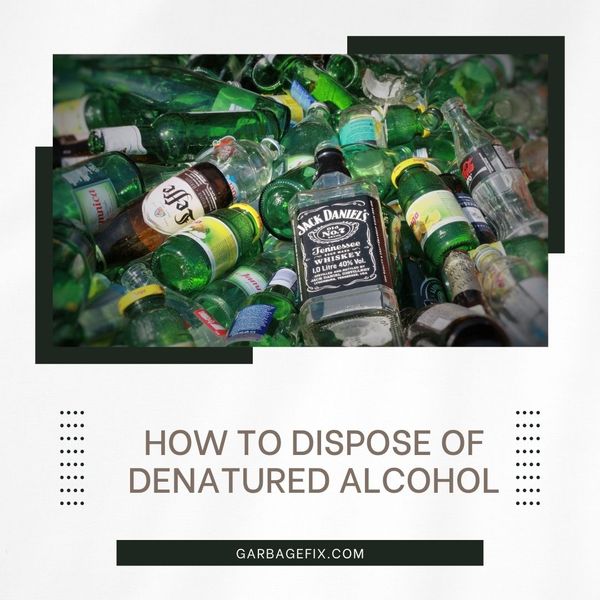Food waste including spoiled milk, is a major issue that leads to environmental problems such as greenhouse gas emissions and overflowing landfills.
In this article, we will explore various methods to deal with spoiled milk that reduce waste and offer benefits for your garden, local farmers, and even non-food uses around your home.
Whether you accidentally let your milk expire or buy more than you can consume, this guide will provide practical and environmentally responsible solutions for disposing of spoiled milk.
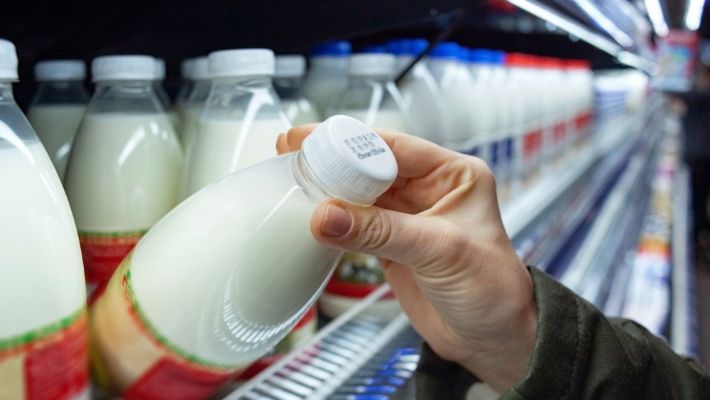
How to Dispose of Spoiled Milk Responsibly - Step-by-Step Guide
Responsible disposal of spoiled milk is not only environmentally friendly but also helps minimize food waste. By following these steps, you can contribute to a more sustainable lifestyle while reducing your environmental impact.
Method 1 - Check for Other Uses
- Inspect the Milk: Before disposing of spoiled milk, examine it closely to determine the level of spoilage. If it's just slightly sour or has an off odor but has yet to curdle or turn rancid, it may still have some useful applications.
- Use in Cooking and Baking: Consider using slightly spoiled milk in recipes that call for milk, such as pancakes, waffles, or baked goods. The cooking process can often mask the off flavors.
- Fertilize Your Plants: Dilute the spoiled milk with water (approximately a 1:1 ratio) and use it as a natural fertilizer for your garden or houseplants. The nutrients in milk can nourish your plants.
- Pet Food Supplement: If you have pets like dogs or cats, you can mix a small amount of slightly spoiled milk with their food as an occasional treat. Ensure it's safe for your specific pet and doesn't cause any digestive issues.
Method 2 - Composting
- Understand Composting: Composting is an eco-friendly way to dispose of organic waste and turn it into nutrient-rich soil. Spoiled milk can be a valuable addition to your compost pile.
- Understand Composting: Composting is an eco-friendly way to dispose of organic waste and turn it into nutrient-rich soil. Spoiled milk can be a valuable addition to your compost pile.
- Prepare the Compost Pile: If you don't already have a compost pile, set one up in your backyard or use a compost bin. Make sure it's well-aerated and contains a mix of brown (e.g., leaves, straw) and green (e.g., kitchen scraps) materials.
- Mix with Compost Materials: Pour the spoiled milk directly onto the compost pile or mix it with other compostable materials. This adds nitrogen to the pile, which helps break down organic matter.
- Monitor the Composting Process: Regularly turn your compost pile to ensure proper aeration and decomposition. In a few months, the milk and other materials will transform into nutrient-rich compost that can be used in your garden.
Method 3 - Down the Drain (As a Last Resort)
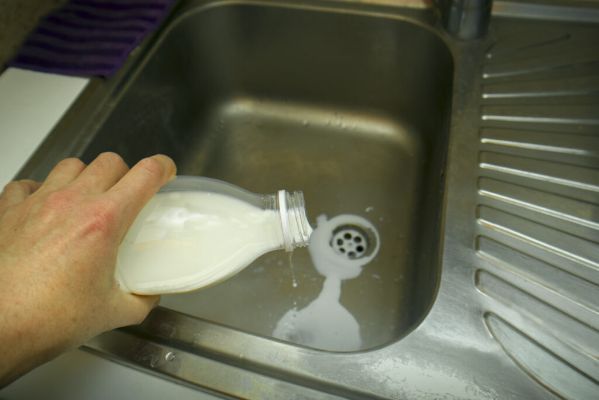
- Assess Spoilage Level: If the milk is severely spoiled or curdled to the point where it's not usable, consider this method a last resort.
- Use Cold Water: When pouring spoiled milk down the drain, use cold water to help prevent any residual fat from solidifying in the pipes.
- Avoid the Garbage Disposal: Do not use your garbage disposal unit for this purpose, as it can clog the system. Instead, pour the milk directly into the drain.
Method 4 - Donate to Farmers or Local Wildlife
- Find Local Contacts: Contact local farmers or wildlife rescue organizations. They may accept spoiled milk to feed animals or use it as a natural fertilizer.
- Explain Your Intent: Communicate the purpose of the milk and its condition when offering it to these organizations. They'll appreciate your intention to reduce waste.
Method 5 - Store and Use for Non-Food Purposes
- Store Safely: If you can't use the spoiled milk immediately, store it in a container separate from other food items. Label it clearly to avoid accidental consumption.
- Non-Food Applications: Utilize spoiled milk for non-food purposes, such as a cleaning agent or garden pest repellent. Dilute it with water as needed for these applications.
What Is The Difference Between Spoiled Milk And Expired Milk?
FAQs
Does milk remove oxygen from water?
Milk does not remove oxygen from water. In fact, milk is composed mainly of water and does not have any inherent property to remove oxygen from a water solution.
Is a milk spill bad for the environment?
Yes, a milk spill can harm the environment. Milk contains organic matter and nutrients that, when spilled, can lead to water contamination, oxygen depletion, and harm to aquatic life. Proper cleanup is essential to minimize these environmental impacts.
Is spoiled milk hazardous?
Spoiled milk is not typically hazardous to your health but can make you sick if consumed. It's best to avoid drinking or using spoiled milk in cooking to prevent any potential foodborne illnesses.
How long can milk be spoiled?
The duration for milk to spoil can vary depending on factors like temperature and storage conditions. Typically, milk can begin to spoil within a few days to a week after its "sell-by" or "use-by" date, especially if it's stored at temperatures above 40°F (4°C). However, it's important to note that spoilage may happen sooner if the milk has been exposed to heat or the container wasn't properly sealed. Always rely on your senses – smell, and taste – to determine if milk has spoiled, regardless of the date on the carton. If it smells sour or has an off taste, it's best to discard it.
Why does spilled milk smell?
Spilled milk develops a smell mainly due to the growth of bacteria. When milk comes into contact with the air and surroundings, bacteria in the environment begin to break down the milk's components. This breakdown process produces compounds that create spoiled milk's sour or unpleasant odor. In essence, the smell results from microbial activity, causing changes in the milk's composition.
